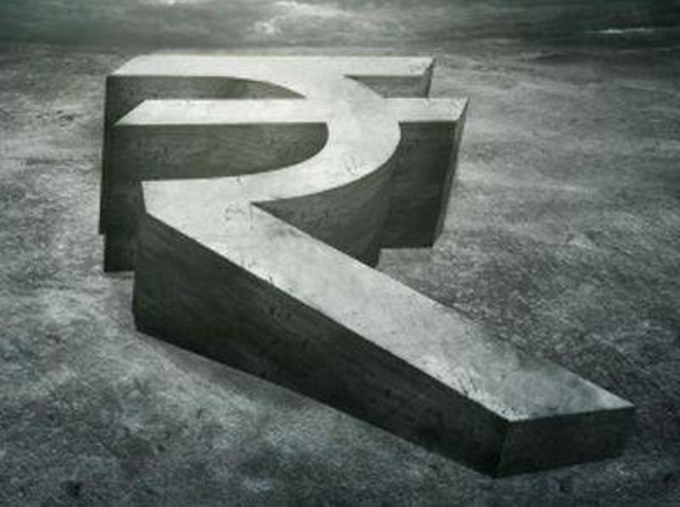
One may argue, that when on 29 February 2016 the Finance Minister (FM)
In comparison, Mr. Jaitley has to deal with at least two sets of dilemma. Firstly, there is no consensus currently about the state of Indian economy. Secondly, there is uncertainty of whether sticking to the target of fiscal consolidation (3.9% Fiscal Deficit in FY16; 3.5 in FY17; 3.0 in FY18) as the FM targeted in the previous budget is the best course of action or not.
Dilemma on the State of Economy:
The expected FY16 real GDP growth of 7.6% (FY15:7.2%; FY14:6.6%) is among the best in the world, among the large global economies. Clearly the number does not look worrisome. But focus on aspects other than this number and one would come across the weakest corporate performance in a decade, a burgeoning bad debt problem in the banking system. And nominal GDP growth in FY16(estimated at 8.6%) is at least a decade low and showing a sequential decline over the previous three years(FY15: 10.8% ; FY14:13.3% ; FY13:13.9%).
Incidentally, nominal GDP or the GDP calculated at current prices is the one which the participants in an economy experiences. The real GDP is the nominal GDP adjusted for, by a measure of systemic inflation known as GDP deflator. In the first three quarters of FY16 the GDP deflator has been either below 2% of has been below 0. If such GDP deflator values continue over the next few quarters’ Indian economy may be closing in on a deflationary scenario. Clearly, the real GDP growth may not be giving a cogent reading of the economy. Else what will explain the current clamour of industry bodies for growth measures (read government spending) from the government, in the current budget?
No Small Nominal Headache:
Why the FM will be particularly worried about the falling nominal GDP growth is because the fiscal deficit target is measured as a proportion of nominal GDP. When Mr. Jaitley presented the 2015-16 budget on 28th February 2015, he projected a fiscal deficit of INR 5.55 trillion (1 trillion is 1 Lakh crore). This was expected to be 3.9% of the then(as of Feb,2015) expected FY16 nominal GDP of INR 141 trillion. This is because the budget expected an 11.5% nominal GDP growth in 2015-16 over the then projected 2014-15 nominal GDP of INR126.5 trillion.
Subsequently, the FY15 nominal GDP was re-estimated at a marginally lower INR 124.9 trillion and the FY16 nominal GDP growth is expected to be a decade low 8.6%. Even if the FY16 fiscal deficit remains at INR 5.55 trillion still under the recent nominal GDP estimates the fiscal deficit will be 4.1%, which may be construed as a slippage.
Avoiding Fiscal Deficit slippage a Challenge
Even in the current year (2015-16 ) if the government is to meet the 3.9% fiscal deficit target then the fiscal deficit has to be brought down by INR 200 billion to INR 5.34 trillion. That looks a bit far-fetched.
How may 2016-17 fiscal deficit look like? Lets’ assume that the crude oil prices remain at current level and government continues to earn significant indirect tax by charging excise on petroleum products. The government may end up with incrementally spending approximately INR 1.2 trillion in lieu of higher salary of government employees as per 7th pay commission and to a lesser extent on One-Rank-One-Pension(OROP) scheme for soldiers. Since revenues are unlikely to go up commensurately one may realistically be looking at a fiscal deficit to the tune of INR 6-6.5 trillion. If FY17’s fiscal deficit target (3.5%) is to be met then the nominal GDP for FY17 needs to be to the tune of 20%, clearly that is not happening.
Even if FY16’s target of 3.9% of fiscal deficit continues in FY17 then also a nominal GDP growth rate in excess of 10% needs to be assumed for the year FY17. Of course, this would mean an improvement in nominal GDP growth over FY16.While this is more plausible, the FM may face widespread criticism for slipping on the path of fiscal consolidation. This may adversely impact foreign investors particularly those invested in Indian fixed income securities.
Damned if he Does, damned if he doesn’t:
As such the FY16’s budget did not have too much spending in the nature of ‘government-growth-push’. This is reflected in the falling investment spend in the economy. As such major investments may not be expected from an over leveraged corporate sector, struggling with low capacity utilisation issues. If the FM decides to go for growth push spending along with the spending increases attributable to 7th pay commission and OROP the fiscal deficit will shoot up well over 4%. One is not sure, as to what extent it will scare global investors who may sell off on Indian securities, which may then weaken the Indian rupee. But clearly under such a scenario the government spending may not translate to a sharp improvement in growth.
On the contrary, if the FM sticks of a fiscal deficit target of any number below 4%( but possibly higher than 3.5%) then government’s investment budget is likely to suffer. Such a move, while it will send a message of how determined the government is with respect to fiscal consolidation, may take a toll on growth.
Clearly FY17’s budget would have challenged the best finance ministers India ever had.
Deep Mukherjee was formerly senior director, Corporate Credit Rating at India Rating and Research, a Fitch Group company. He is currently a visiting faculty at IIM Calcutta.
